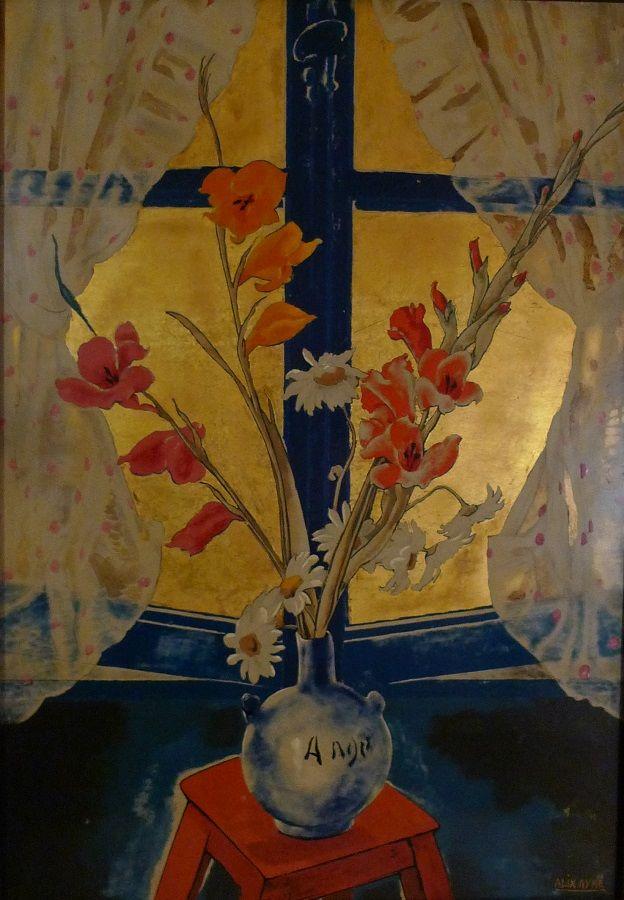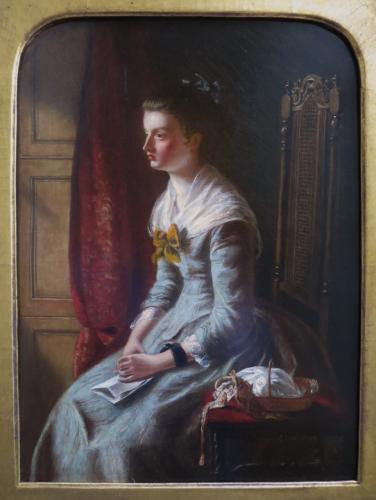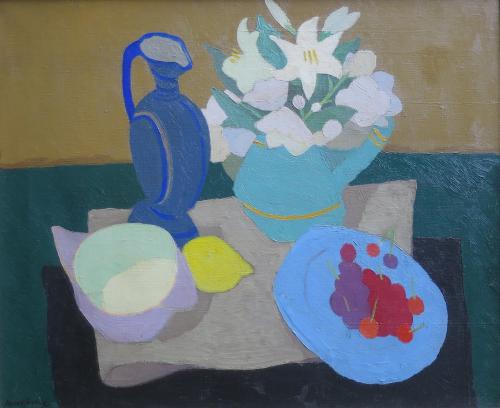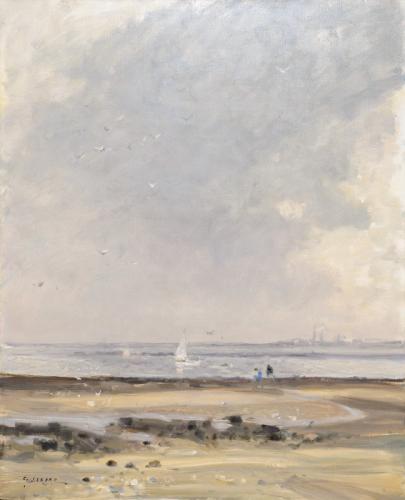

Price on application
This object is eligible for a Certificate of BADA Provenance
The BADA Standard
- Since 1918, BADA has been the leading association for the antiques and fine art trade
- Members are elected for their knowledge, integrity and quality of stock
- Our clients are protected by BADA’s code of conduct
- Our dealers’ membership is reviewed and renewed annually
- Bada.org is a non-profit site: clients deal directly with members and they pay no hidden fees
Alix Ayme.
Study of Flowers.
Lacquer on panel.
24 x 16.5 inches panel size.
Alix Ayme (1894-1989)
Alix Angèle Marguerite Hava was born in Marseille in 1894 and studied drawing and music at the Conservatory of Toulouse. A prodigy, gifted in music as well as art. Ayme chose art over music as a career and moved to Paris where she became a pupil, and then a colleague, of the important Nabi painter Maurice Denis. She married in 1920 and went to Shanghai with her first husband, Professor Paul de Fautereau-Vassel, who was posted to the Franco-Chinese Mission there. In 1925 she was made a professor and taught drawing at the French Lycée in Hanoi. In 1926, the artist and her husband returned to Paris where their son, Michel, was born. Fautereau-Vassel decided to remain in France but she returned to the life she had created for herself in Asia.
In 1930, she had an exhibition at the Galerie Portal in Saigon, and then settled in Luang Prabang (Laos) where she became close to the ruling family and was commissioned to do a series of large murals in the Royal Palace. In 1931, Aymé moved back to Hanoi and was named professor at the Lycée Albert Sarraut. There she taught the ancient Vietnamese art of lacquer work which she had earlier mastered.
In July of that year she returned to Paris and married Col. Georges Aymé, who later became General Aymé, Commander of the French Army in Indochina. While in Paris, she had an exhibition at the Galerie Druet and was invited to work on the important Colonial Exhibition to which she contributed a number of works done in lacquer. In 1935 there was a large exhibition of her work in Saigon.
During her years in Asia, Aymé travelled extensively in Indochina, India, and Ceylon. She also visited and painted in China, Japan, and Korea. Ayme returned to live in Paris in 1945 and during this period she became a close friend of, and worked with, the painter Foujita. In 1962, Aymé went to live and paint for eight months in Brazzaville in the Congo, the final journey of a life spent largely in travel, exploration, painting and drawing. Alix Aymé died on her 95th birthday while putting the finishing touches to one of her lacquer pieces.
Her work is found in a number of public collections, including the Cabinet des Dessins of the Louvre and the Musée des Années Trente in Paris, the Musée des Beaux-Arts in La Rochelle, and the Royal Palace in Luang Prabang. Her first American museum exhibition was held March - September 2012 at the Evergreen Museum and Library of Johns Hopkins University in Baltimore.
The BADA Standard
- Since 1918, BADA has been the leading association for the antiques and fine art trade
- Members are elected for their knowledge, integrity and quality of stock
- Our clients are protected by BADA’s code of conduct
- Our dealers’ membership is reviewed and renewed annually
- Bada.org is a non-profit site: clients deal directly with members and they pay no hidden fees




